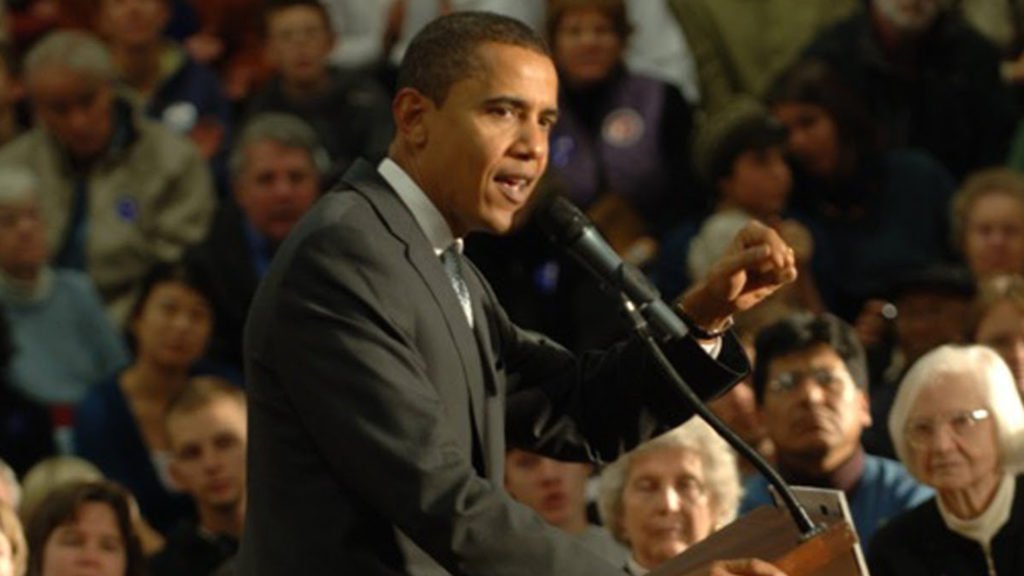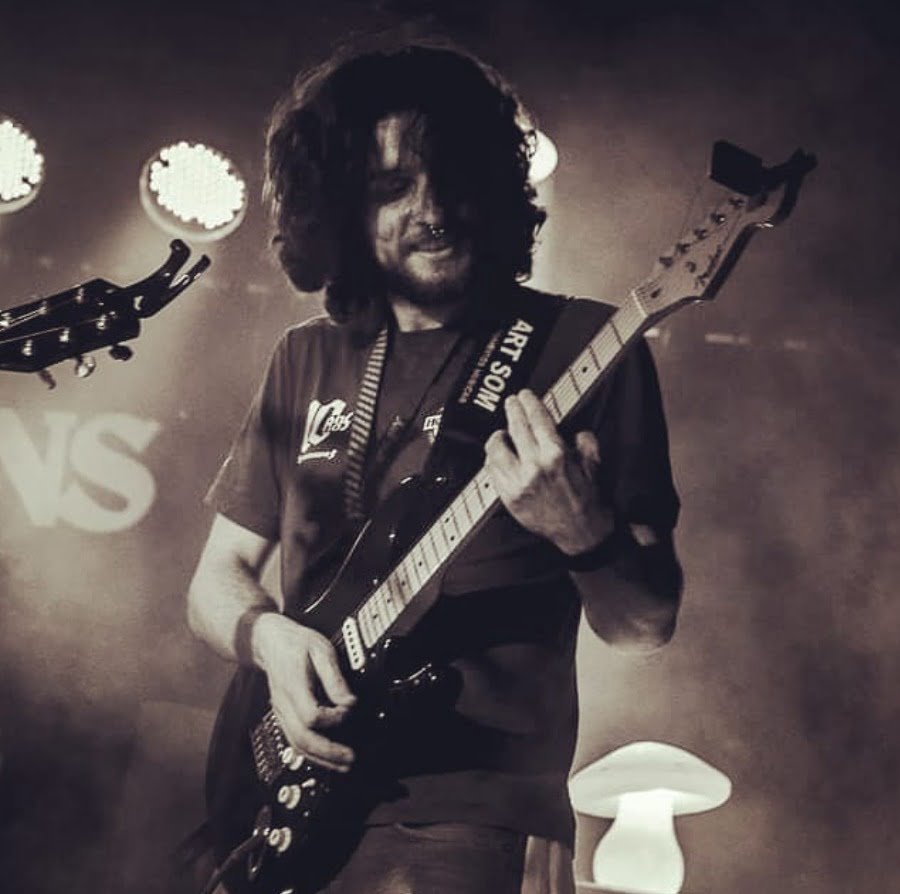Obama had the greatest amount of resource contributions in the history of North American elections.
Barack Obama’s campaign does not stop accumulating records. He is the first black American to run for presidency for a big party, the youngest candidate for this position, being just 46 years old, and he was even considered a young prodigy in his first mandate in Washington.
But one feature of his campaign is specially valuable, because it is expressed in millions of dollars: Obama had the greatest resource contributions in the history of North American elections (U$ 271 millions so far), a great part of the contributions was composed of small donations made through the internet. A small comparison was made by the newspaper called Valor Econômico, and it was found that Obama’s pre-candidacy spent 366 thousand dollars to collect astonishing 127 million dollars, between February and April. That is a ratio of U$ 347 collected for every dollar spent, something that becomes even more astounding if compared to McCain’s U$ 29. A simple analysis shows that Obama’s campaign was almost 12 times financially more efficient, mostly due to the donations made through the internet. Considering that the world wide web has been already massively used in the US for the last two campaigns, and that every pre-candidate heavily invested in this media, there are two questions to be asked: What did Obama find in the internet? How did he get these very high adherence levels, generating dollars and also canvassers.
A revealing comparison made by Valor showed that Obama’s pre-candidacy spent 366 thousand dollars and got astonishing 127 million dollars
Considering that the world wide web has been already massively used in the US for the last two campaigns, and that every pre-candidate heavily invested in this media, there are two questions to be asked: What did Obama find in the internet? How did he get these very high adherence levels, generating dollars and also canvassers?
Obama and digital communication
The answer goes from the obvious to the unusual. What is obvious is that Obama is definitely charismatic, communicates well and has an undeniable empathy regarding the young public, who is the one responsible for his internet success. The unusual part is about the candidate having accepted to be carried in the shoulders, despite the risk it meant. The decentralized dynamics and the absence of control over the web has always been something that has scared politicians and marketers. But Obama trusted the capacity of his voters to disseminate his ideas, even at the risk of possible distortions. He could recognize the limited power of a campaign team in comparison to millions of voters and, instead of spending his resources on just speaking an election discourse himself, he chose to distribute loudspeakers – and his voters were the ones speaking. Obama’s campaign is being carried by thousands of anonymous people who create communities, blogs and forums to passionately defend their candidate, in a way that is only possible for a convinced voter to do. This makes the work of his team shift from making the campaign to offering support to campaigns, providing a solid core for the discourse, making advertising material available and even teaching about the organization of events step-by-step. The internet makes it possible for a child in Arkansas to create a “resource collection” page using the incentive words from the website: “create your page, choose a donation goal, invite your friends to join in and accompany the results”. All the logistics of resource collection is a job for Obama’s campaign team.
McCain also used his share in interactivity, by inviting users to give their opinion in important American Politics websites (chosen by his committee) and then offering them some “campaign points”. It looks like a similar strategy, but they are fundamentally different. While Obama shows he trusts his voters, McCain is trying to tell them how to act and where to do it, thus breaking two basic principles of word of mouth marketing (and of the super modern “viral marketing”): spontaneousness, which creates defendants with no extra stimulus and agility through a decentralization of actions. This allows the number of participants grow exponentially. How can you expect a viral growth if you have to keep track of the number of “campaign points” and distribute them? Besides, both strategies show the difference between respecting voter’s critical thinking and intellectual capacity and considering them too naive to act in the name of their cause. A cause that should be defended in their own name.
It is not so hard to define what Obama found on the internet. He found the old concept of a good product, with a pinch of public relations. He trusted the clarity and strength of his ideas and collaborated with others to get them disseminated. And, above all, he trusted his fellow citizens’ critical thinking and intellectual capacity. As a consequence, and despite the risk of distortions, his message rapidly got to each street of a continental country, adapted to every context, molded in accordance with the needs of each place. Is it not every marketing professional’s dream?
Do you want to know more about proof of concept design and how to implement it in your company? Get in touch with us or continue by clicking the links below:
>> Saiba mais sobre o Design de Provas de Conceito
>> Conheça alguns projetos da Action Labs




